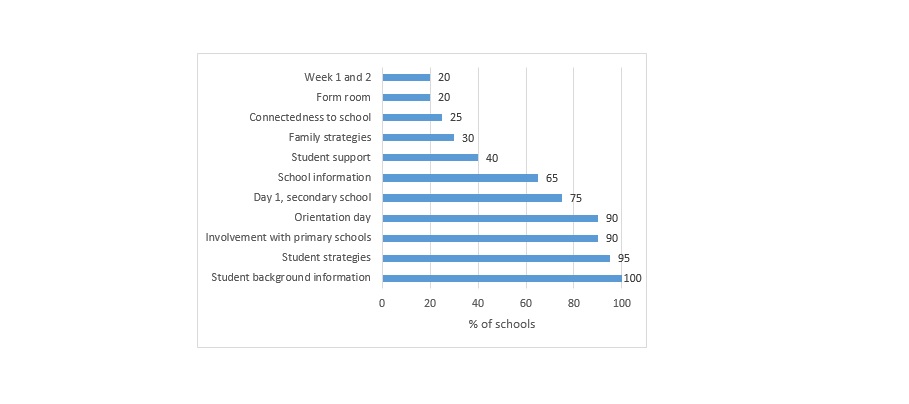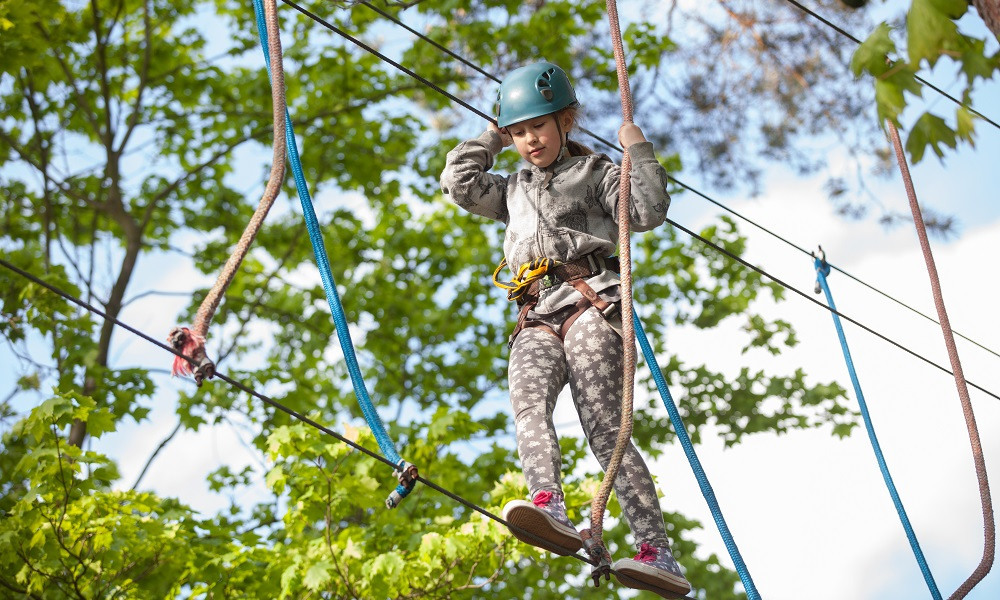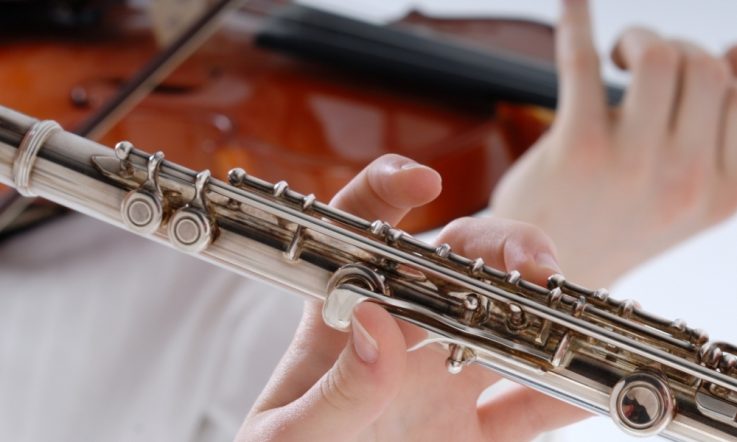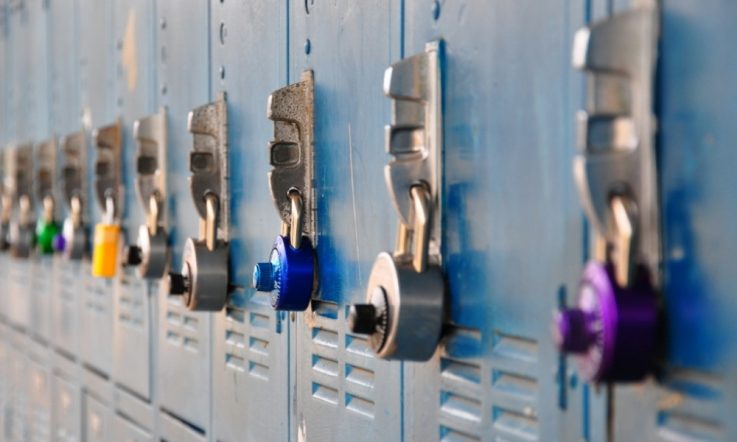Feeling safe at school, feeling connected to school and teachers, and peer support all support students’ mental and emotional wellbeing as they transition from primary to secondary school (Lester and Cross, 2015).
While for many students the transition into secondary school is a positive experience, approximately 30 per cent have difficulty adjusting (Waters, Lester, & Cross, 2014). The change in school context can create concern and negative outcomes for some adolescents, impacting on their overall wellbeing.
Ensuring a smooth transition is paramount as the age of onset for mental health problems relates to pubertal development, coinciding for many students with the transition from primary to secondary school (Hankin & Abramson, 2001): half of all lifetime cases of mental illness begin by the age of 14 (Kessler, Chiu, Demler & Walters, 2005).
Schools have various transition programs, policies and practices to promote student wellbeing and make the experience a positive one. We interviewed principals from 20 schools in Western Australia. Thematic analysis of their responses identified 10 key strategies that can effectively assist students, particularly those at higher risk of difficulties, through this transition process.
10 key strategies to enhance student transition to secondary school
Detailed background information about students
All principals reported receiving in-depth student background information through written information provided by parents, student and parent interviews, and placement testing.
Student transition/integration strategies
Nearly all principals reported implementing specific, student-centred strategies to help students and parents with the transition process. These strategies included: older-peer support or buddy programs to help students build positive relationships in the secondary school; several weeks of classroom-based transition activities during the first term; ongoing pastoral care and life skills classes; camps; students provided with specific areas and equipment in the school for use during break times; students remaining in intact house or form groups (with one or two teachers) for core subjects; students’ learning areas located close to pastoral care offices; use of a gradual locker system (moving from pigeon holes to lockers); minimal movement between classes; and a drop-in wellbeing room.
Close cooperation with primary schools
The majority of secondary schools had multiple contacts with primary feeder schools at least a term before the end of students’ primary schooling, involving hand-over meetings with teachers and receiving detailed student academic care and pastoral care information as well as school reports and student portfolios. The primary and secondary schools also organised a variety of activities to help orientate primary school students with the secondary school. These activities included primary school students attending high school productions, secondary principals, teachers and allied health staff visiting and meeting/giving presentations to the feeder primary school students.
School information
The majority of secondary schools provided information to prospective parents and students through family information meetings, school open days, information sent out prior to the start of secondary school, a newsletter sent in the last term of primary school and school tours.
Orientation day
Almost all principals offered an orientation day to all transitioning students with specific interactive relationship building activities. These activities included matching transitioning students with older students for a day, school tours with older students, students participating in team building activities for the day, and information resources given to students to read during holidays.
Day 1, secondary school
Three quarters of principals reported having special transition activities on the first day or few days of secondary school. Activities included an induction morning, simplified programs, most of the day spent with the form or homeroom teacher, or a day when only the transition students and older peer leaders are the only students present in the school.
Student support
Support was offered directly to the students by nearly a half of the secondary schools via: an after school homework centre; through a dedicated, accessible year-level coordinator; weekly meetings to discuss students’ progress academically and pastorally; information communicated regularly to staff about students’ support needs; meeting the allied health team such as the school psychologist to understand their role; and regular communication with parents of students who are not settling into secondary school well.
Family strategies
Transitioning and keeping parents and families involved in the secondary school through strategies such as parent seminars, grandparents day, activity evenings, and social gatherings with and without their child. Homework information was provided to parents, year level coordinators were made available for parent calls, and parent-teacher meetings were organised in Term 1.
Form room
In 20 per cent of schools, form rooms were used to support students by grouping students with others they know, and having siblings within the same form. Some schools used student information to place students in form rooms, while others spread students from the same primary school across different form rooms.
Weeks 1 and 2
In the first two weeks of term, four schools had specific transition activities lasting between three and five days, such as booklets to complete and study skills sessions.
On average, schools used transition strategies in seven out of the 10 themes identified above.

There are many opportunities for schools and the school community to intervene to support students and their families in this challenging time and to ensure students are prepared for secondary life.
References
Hankin, B. L., & Abramson, L. Y. (2001). Development of gender differences in depression: An elaborated cognitive vulnerability–transactional stress theory. Psychological bulletin, 127(6), 773.
Kessler, R. C., Chiu, W. T., Demler, O., & Walters, E. E. (2005). Prevalence, severity, and comorbidity of 12-month DSM-IV disorders in the National Comorbidity Survey Replication. Archives of general psychiatry, 62(6), 617-627.
Lester, L., & Cross, D. (2015). The relationship between school climate and mental and emotional wellbeing over the transition from primary to secondary school. Psychology of well-being, 5(1), 9.
Waters, S. K., Lester, L., & Cross, D. (2014). Transition to secondary school: Expectation versus experience. Australian Journal of Education, 58(2), 153-166.
What support systems does your school have in place for the transition process? Does this include support for parents as well as students?
One of the key strategies outlined above is close cooperation between primary and secondary schools. In your school, when does this handover happen? Is this enough time?
At staff handover meetings, is there more information you could provide, or would like to receive, in relation to student academic and pastoral care?



